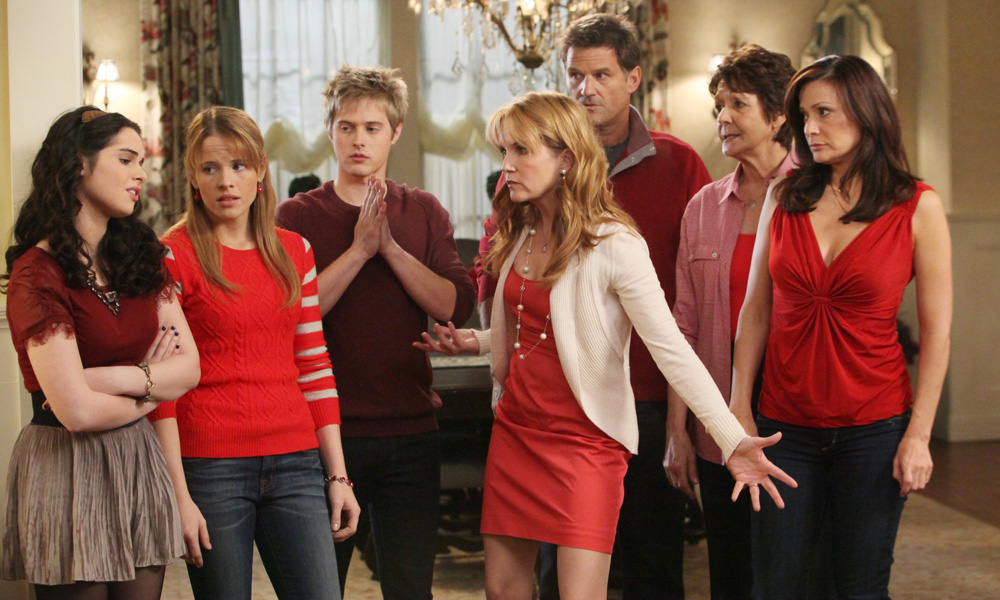
Deaf Culture: One Group’s Embrace of a Hit TV Show
The National Association of the Deaf has found a vehicle for its interests in the form of the hit TV show Switched at Birth. And recently, the show took things a step further.
Deaf culture may face challenges with mainstream acceptance, but one TV show is going a long way toward helping with that cause.
In 25 years, I’ve never seen such a phenomenal reception to having deaf characters on a show. You get to see the culture, the language, and I’m very proud to be a part of it.
The ABC Family show Switched at Birth, a teen drama series based around the namesake premise, features several characters who are deaf and also includes scenes using American Sign Language (ASL), along with cultural issues important to the deaf community.
More details on what the show represents for the National Association of the Deaf (NAD):
Embracing deaf culture: Part of the reason the show has proven a success with its audience is its full embrace of deaf culture, including the casting of deaf and hard-of-hearing actors (such as series star Katie Leclerc, who suffers from Ménière’s disease) along with the usage of audio-free scenes, where dialogue is spoken only using ASL.
A prominent member’s take: Marlee Matlin—the only deaf actor to win an Academy Award, one of the show’s stars, and a prominent member of NAD—says the show has gone a long way to allow the stars to communicate naturally and to expose the issues of the deaf to a wider audience. “In 25 years, I’ve never seen such a phenomenal reception to having deaf characters on a show. You get to see the culture, the language, and I’m very proud to be a part of it,” she told the Sioux City Journal.
Taking things a step further: Last Monday, the network aired an episode that included no spoken lines, but it did include a musical score. Viewers at home watched actors play their roles using nothing but sign language. Those who don’t speak using ASL could follow along at home via captioning. “Every single viewer—deaf or hearing—was forced to put away their phones and iPads and anything else distracting in this ADD world we all live in and focus,” explained the series’ creator, Lizzy Weiss, to The New York Times. The episode, a clip from which is shown above, held its own in the ratings last week.
What the Show Means for NAD
Before the airing of the all-ASL episode, the association spoke highly of the series. “This is a phenomenal and groundbreaking first in television history,” the association’s CEO, Howard A. Rosenblum, said in a statement. “The NAD expresses its gratitude and appreciation to ABC Family for being the first to showcase an all ASL scripted episode on mainstream television.” The association also recognized the series during its annual conference last summer for including deaf and hard-of-hearing individuals in its cast and production crew and for “showcasing American Sign Language in a positive light for millions of television viewers.”
Beyond this, the show is also helping to bring attention to some of NAD’s goals. The main storyline in the series’ most recent episode involves the potential closing of a school for the deaf, corresponding with the school’s students protesting. The story parallels a major moment for deaf culture in the United States—the 1988 protest by students at Gallaudet University over the decision to choose a hearing woman as the school’s president.
And as one of the issues the association has been fighting in recent years involves funding cuts to deaf schools, the issue strikes near and dear to the heart of NAD’s interests because, as the group told The New York Times’ Brian Stelter, “the situation is very real to us.”
The show’s season finale airs Monday night at 8 p.m. EDT.
(ABC Family)






Comments